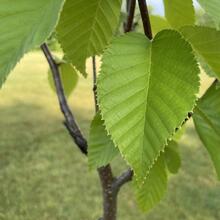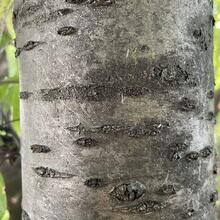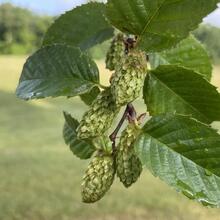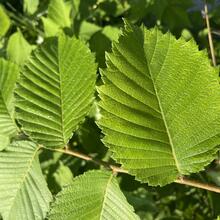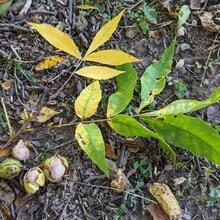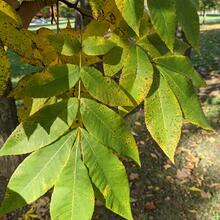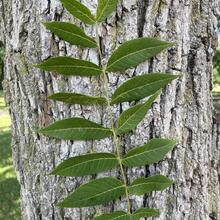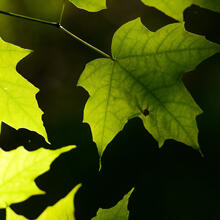Betula alleghaniensis
Betulaceae
Typically taller than other birches. Bronze colored, thinly peeling bark. Prefers cool, moist sites; when planted elsewhere, environmental stress increases susceptibility to a range of pest and pathogen problems.
Summary
 Climate Tolerance
Climate Tolerance
Poor
Wildlife Benefits
Seeds food source for songbirds, gamebirds, mammals; bat roosting site; moth/butterfly host
Pollination Type
Wind
Plant Hardiness Zones
3 to 7
# Butterfly/Moths that use as host
317
Bloom Time
Spring (Apr-May)
 Shade/Sun Tolerance
Shade/Sun Tolerance
Part Shade to Shade: Receives less than 2 to 4 hours of direct sunlight or dappled shade all day
 Maximum Height
Maximum Height
Large (75-100 ft)
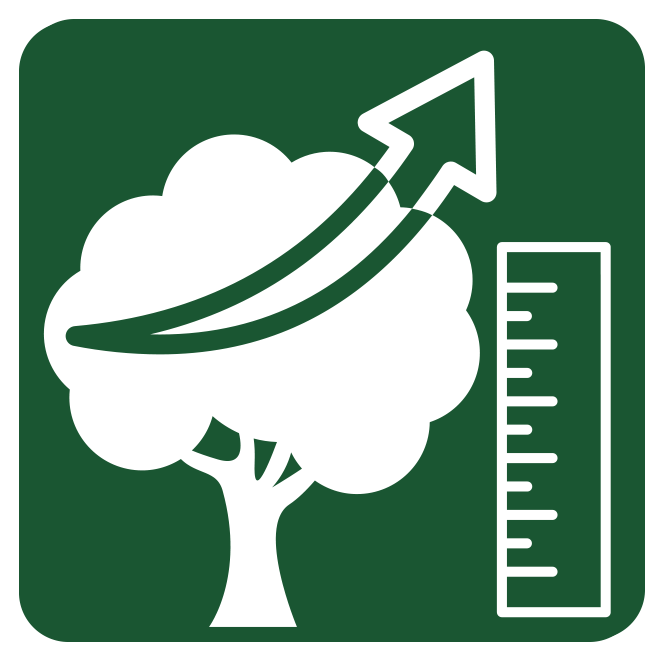 Growth Rate
Growth Rate
Slow: 1 ft or less per year
 Soil Type
Soil Type
Loam: Equal mix of clay, sand, and silt. Moderate moisture retention and high nutrient availability.
Sand: Large/coarse particles. Short moisture retention and low nutrient availability.
 Soil Moisture Tolerance
Soil Moisture Tolerance
Moist: Soil can remain damp and does not normally retain standing water
Root - Fungal Association
Ectomycorrhizae: Symbiotic relationship with fungi that exist on outside of plant root cells, facilitating nutrient uptake
Pest & Pathogen Risks
Medium; Bronze birch borer
 Urban Stress Tolerance
Urban Stress Tolerance
Low: Tree will not grow well in the urban environment
Drought Tolerance
Sensitive: Tree will become stressed during periods of drought
Coefficient of Conservatism
7
Native Status
OH-Native: Species is native to Ohio
NatureServe G-rank
G5
Plant Community Type
- Beech Mixed: Occasional
- Oak Mixed: Absent
- Alluvial: Occasional
- Red Maple Mixed: Rare
- Ruderal: Absent
Bloom Color
Brown
Green
Yellow
Form
Tree
 Lifespan
Lifespan
Long: Greater than 250 years
Soil pH
Acidic (pH<6.8)
Wetland Indicator Status
FAC: Facultative, occurs in wetlands and non-wetlands
Soil Compaction Tolerance
Sensitive: Tree will become stressed from soil being compacted
Heat Tolerance
Sensitive: Tree will become stressed from increased temperature due to urban heat island effects
Salt Tolerant
Tolerant: Tolerant to both aerial salt spray and salt present in soil
Native County Status
Cuyahoga
Geauga
Lake
Lorain
Medina
Portage
Summit
IUCN Red List Assessment
Least Concern
